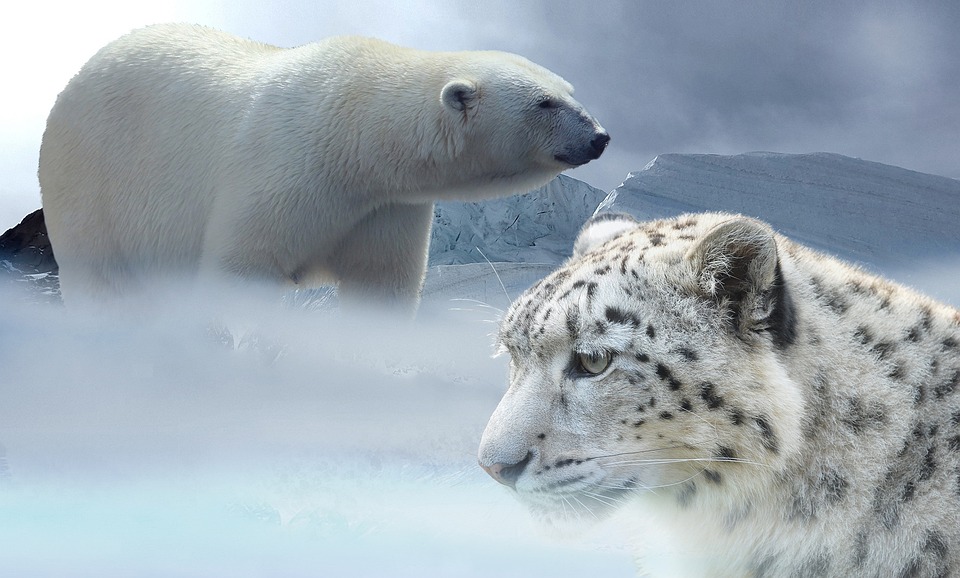Can Earthquakes Be Caused by Global Warming? Exploring the Connections Between Climate and Seismic Activity
Earthquakes are natural seismic events primarily caused by tectonic movements within Earth’s crust. As global warming impacts the environment—leading to extreme weather, melting ice, and shifts in ocean and land dynamics—questions arise about whether these climate changes can influence or trigger seismic activity.
Understanding the Causes of Earthquakes
The Science Behind Earthquakes
– Tectonic Plate Movements: Earthquakes occur mainly along tectonic plate boundaries where accumulated stress is released as seismic energy.
– Types of Faults and Movements: Different fault types (transform, convergent, divergent) can lead to earthquakes when rocks break under pressure.
Earthquakes and Natural Triggers
– Volcanic Activity: Magma movement during volcanic eruptions can cause earthquakes.
– Human-Induced Earthquakes: Activities like mining, dam construction, and fracking can induce minor earthquakes by altering subsurface pressures.
The Impact of Global Warming on Geological Processes
Melting Ice and Glacier Retreat
– Post-Glacial Rebound: As glaciers melt, the reduction in weight allows the Earth’s crust to rebound, which can trigger minor seismic activity. Notably, regions like Greenland and Alaska have shown increased seismicity linked to this effect[2][3].
Rising Sea Levels and Ocean Weight
– Increased Pressure on Ocean Floors: Rising sea levels add weight to ocean floors, potentially impacting tectonic stress in coastal fault zones. Research indicates that even small fluctuations in sea level can influence earthquake cycles[7][8].
Extreme Weather Events and Soil Saturation
– Heavy Rainfall and Landslides: Intense storms can lead to landslides that may trigger minor earthquakes. Additionally, prolonged rainfall can saturate fault lines, affecting their stability[2][6].
Case Studies of Climate-Related Seismic Activity
Earthquakes Linked to Glacier Melt in Alaska
Alaska has experienced a rise in earthquakes correlating with glacier retreat. Studies suggest that the melting glaciers reduce pressure on the crust, facilitating fault movements. For instance, significant ice loss near Glacier Bay has influenced earthquake timing and location over the past century[3][4].
Himalayan Region and Glacial Retreat
The retreat of glaciers in the Himalayas may influence tectonic stress in the region. Research indicates that this redistribution of weight could lead to minor seismic events, although definitive studies are ongoing[2].
Japan’s Subduction Zone and Rising Sea Levels
Rising sea levels may add stress to Japan’s subduction zones, though more research is needed to fully understand this relationship. Scientists are investigating how these changes could impact earthquake-prone areas[7].
Debunking Myths and Misunderstandings
Earthquakes Are Primarily Tectonic in Nature
While global warming does not directly cause earthquakes, it can influence geological processes that may lead to minor seismic activity. Tectonic movements remain the primary driver of most earthquakes[2][5].
Differentiating Between Large and Small Seismic Events
Large earthquakes are primarily driven by significant tectonic forces. Climate-related changes may lead to smaller localized quakes rather than major seismic events[6][8].
Misconceptions Around “Climate Quakes”
The term “climate-induced earthquakes” is often misunderstood. The scientific consensus is that climate change influences geological processes indirectly rather than serving as a direct cause of earthquakes[1][2].
Future Research and Implications for Climate and Geology
The Need for Interdisciplinary Studies
Further research is crucial for understanding how climate impacts geological processes. Long-term data collection and modeling will help assess potential seismic activity linked to climate change[6][7].
Implications for Coastal and Glacier-Rich Regions
Coastal areas may face increased risks from rising sea levels and associated tectonic stress. Monitoring these regions for climate-related geological risks is essential for disaster preparedness[4][8].
Adapting Disaster Preparedness Strategies
Integrating climate impacts into earthquake preparedness can enhance resilience in vulnerable areas. Sustainable practices may also mitigate some risks associated with changing geological processes[6][7].
Frequently Asked Questions (FAQs)
1. Can global warming directly cause earthquakes?
– No, but it can impact geological processes that may trigger minor seismic activity.
2. How does melting ice lead to earthquakes?
– Melting glaciers reduce pressure on Earth’s crust, allowing it to “rebound,” which may trigger small earthquakes.
3. Could rising sea levels impact earthquake-prone areas?
– Yes, rising sea levels increase pressure on ocean floors, potentially affecting tectonic stress.
4. Are there examples of climate change impacting seismic activity?
– Yes, regions like Alaska have shown increased seismic activity due to post-glacial rebound from glacier melt.
5. Is it possible for a large earthquake to be caused by climate change?
– Large earthquakes are primarily driven by tectonic forces; climate change may influence smaller quakes but is unlikely to cause major events.
Conclusion
Global warming can indirectly influence seismic activity through mechanisms such as ice melt, rising sea levels, and increased soil saturation. While climate change affects geological processes, it does not replace the fundamental role of tectonic movements in driving larger earthquakes. Continued interdisciplinary research is vital for understanding these complex interactions between climate change and geology.

Kyle Whyte is a notable scholar and professor at the University of Michigan, holding positions such as the George Willis Pack Professor in the School for Environment and Sustainability and Professor of Philosophy. Specializing in environmental justice, his work critically examines climate policy and Indigenous peoples’ ethics, emphasizing the nexus between cooperative scientific endeavors and Indigenous justice. As an enrolled Citizen Potawatomi Nation member, he brings a vital perspective to his roles as a U.S. Science Envoy and member of the White House Environmental Justice Advisory Council. His influential research is supported by various prestigious organizations including the National Science Foundation, and disseminated through publications in high-impact journals. Kyle actively contributes to global Indigenous research methodologies and education, with affiliations to numerous institutes and societies dedicated to traditional knowledge and sustainability. Recognized for his academic and community engagement, Kyle has earned multiple awards and served in various visiting professorships. His efforts extend to leadership positions on boards and committees focused on environmental justice nationwide.
